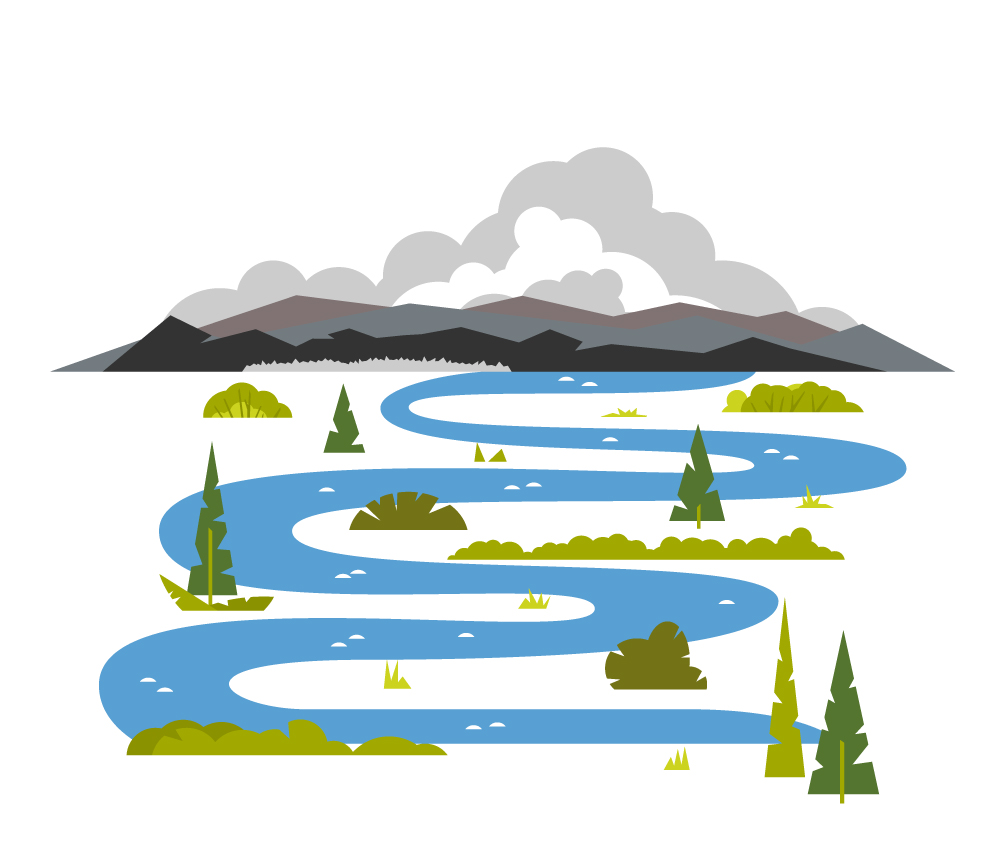This post is part of a new series of case studies by and for in-house editors. The focus of this series is on the personal experiences and various roles of in-house editors. A post will appear on the Editors’ Weekly every other month. If you’re interested in writing a post for this series, please email Sara Promislow.

I am a nature nerd. I like to get out in nature as often as I can. And when I’m standing in the middle of a forest, listening to the chirps of birds and buzzes of bees, CP Stylebook and CanOx are usually the farthest things from my mind…Nature’s plants and animals have a language all their own, and I’m quite content to let them speak to me.
But back in the city, where I’m lucky enough to have worked for Canada’s largest environmental charity for close to 13 years now, things change: Here, nature needs an editor if we’re going to capture the hearts and minds of Canadians and convince them to support the important work of the Nature Conservancy of Canada (NCC). In my role as the national director of NCC’s small but mighty editorial team, I like to think that our work helps tell nature’s stories.
The NCC editorial services team is made up of a small group of talented individuals who are passionate about nature, and about language:
- A manager of editorial services, who oversees our email inbox (to which any staff person can send materials for editorial review), maintains our in-house grammar and spelling style guide, helps manage most of our major publications and edits our media releases, offers training and workshops, and reviews and approves all blogs and website
- An editorial coordinator, who maintains our blog and website content calendar, liaises with internal and external writers, fields queries between our manager of editorial services and the writer, assists with copyediting, and more.
- A staff writer/content creator, who helps produce blogs, brochures, posters, pamphlets, infographics and more.
- And me, the director of editorial services
There are plenty of ways for us to help out: from distilling complex concepts for a lay audience and encouraging a culture of storytelling and plain language, to challenging concepts when we don’t understand them (because if we don’t get it, most of our donors and supporters certainly won’t), to providing consistency in voice, style and key messages. We also help staff find their stories; we help them understand that their ordinary is our extraordinary.
The editorial services team is also an essential part in our French services workflow. We’ve now made it mandatory for all content requiring translation to be reviewed by the editorial services team first. This not only helps improve the quality of our content, but also streamlines the translation process.
One challenge has been convincing science staff that although we are editing their copy for plain language (often getting content from a college+ level down to a Grade 9-11 level), we’re not trying to over-simplify or change its meaning. Our senior conservation biologist reviews most of our science-related content, to make sure we haven’t somehow changed the meaning of text through our edits.
To remind staff we’re here to help, we publish a monthly bulletin, called “The Write Stuff,” which provides short, snappy, humorous grammar and writing tips. It’s quite popular, and staff regularly send us emails letting us know they learned something new.
Growing up, my goal was always to find a job that would let me share stories about the wonders of the natural world with a lay audience. I’m so grateful that I get to be able to do just that, with a team of talented, creative and passionate colleagues, each and every day.
___
Previous post from the in-house editing series: Usability Testing From an Editor’s Perspective.
The Editors’ Weekly is the official blog of Editors Canada. Contact us.
Discover more from The Editors' Weekly
Subscribe to get the latest posts sent to your email.
